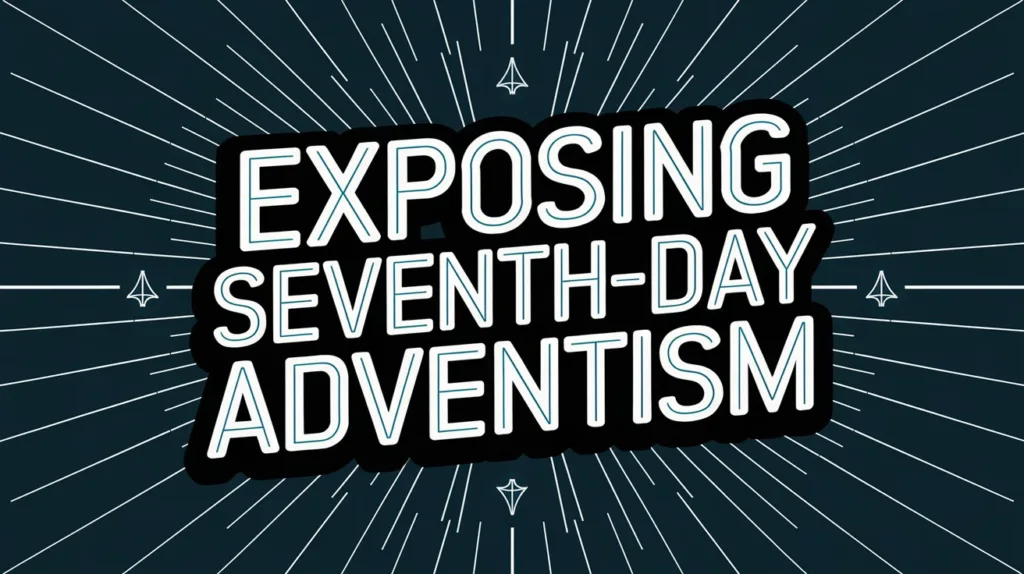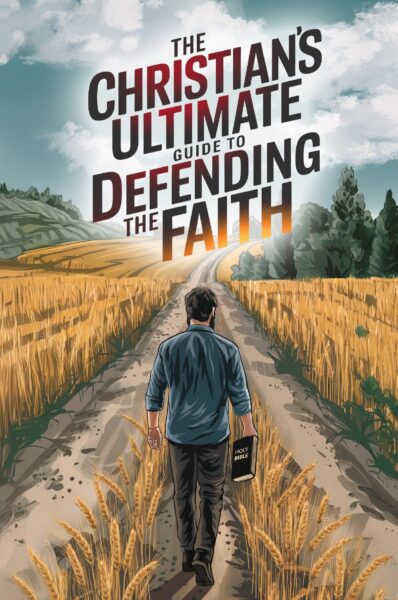The resurrection of Jesus Christ is the cornerstone of the Christian faith, and the details provided in the Gospels are rich with meaning. One of the most compelling aspects of the resurrection account is the description of the grave clothes in the tomb and how this led to understanding for John. By examining the original Greek text, contextual clues, and related Scripture, we can gain deeper insight into what John “saw” and “understood” when he entered the empty tomb.
The Empty Tomb
The primary text is found in John 20:1-10, where Mary Magdalene finds the stone rolled away and informs Peter and John. Both disciples run to the tomb, and the details of what they observed are significant. Let’s focus on John 20:5-8:
“And he, stooping down and looking in, saw the linen cloths lying there; yet he did not go in. Then Simon Peter came, following him, and went into the tomb; and he saw the linen cloths lying there, and the handkerchief that had been around His head, not lying with the linen cloths, but folded together in a place by itself. Then the other disciple, who came to the tomb first, went in also; and he saw and believed.”
The Three Greek Words for “Saw”
Blepei (βλέπει): In verse 5, John “saw” the linen cloths lying there. This word means to glance or take notice. John initially observed the grave clothes, but without deeper insight.
Theorei (θεωρεῖ): In verse 6, Peter “saw” the linen cloths and the face cloth. This term implies a more careful examination, as if Peter was analyzing the scene to make sense of it.
Eiden (εἶδεν): In verse 8, when John entered the tomb, “he saw and believed.” This word means to see with understanding or to perceive. It was at this point that John comprehended what had happened.
The Grave Clothes and Their Significance
The description of the grave clothes provides important clues:
The Linen Cloths Were Lying in Place: The text says the linen cloths were “lying there” (Greek: κείμενα). This suggests that they were undisturbed, as if Jesus’ body had passed through them. Unlike Lazarus, who came out of the tomb still bound in grave clothes (John 11:44), Jesus left the grave clothes behind, emphasizing the uniqueness of His resurrection.
The Face Cloth Was Folded Separately: The face cloth, or handkerchief (Greek: σουδάριον), was not with the linen strips but was neatly folded in a separate place. This detail reflects deliberate order, not the chaotic scene of a grave robbery. It suggests that Jesus Himself removed and folded the face cloth, leaving behind evidence of a supernatural and controlled resurrection.
The Clues That Made John Understand
John’s understanding may have been sparked by several observations:
The Undisturbed Linen Cloths: If the linen cloths were still in their wrappings but empty, it would have been clear that Jesus’ body had not been unwrapped by human hands but had supernaturally departed. This would contrast sharply with Lazarus, whose bindings had to be removed by others.
The Folded Face Cloth: The folded cloth demons/”>demonstrated intentionality and control, not the hurried removal of grave clothes by thieves. This small but significant act pointed to resurrection, not theft.
Scriptural Knowledge: John would have recalled Jesus’ own words about His resurrection (John 2:19-22) and Old Testament prophecies such as Psalm 16:10: “For You will not leave my soul in Sheol, nor will You allow Your Holy One to see corruption.” The evidence before him matched the promises of Scripture, leading to faith.
The Connection to Lazarus
In John 11:44, when Lazarus was raised, Jesus commanded, “Loose him, and let him go,” because Lazarus was still bound in strips of linen. This demonstrates the difference between Lazarus’ resuscitation and Jesus’ resurrection. Lazarus returned to mortal life, still bound by the limitations of the flesh; while Jesus rose in a glorified body, transcending those constraints.
My Final Thoughts
The empty tomb and the arrangement of the grave clothes are profound witnesses to the reality of the resurrection. John’s progression from seeing to understanding reminds us that faith often grows as we process evidence in light of Scripture. The undisturbed linen cloths and the folded face cloth bear testimony to the supernatural nature of Jesus’ resurrection and His victory over death. This truth not only confirms our faith, but also gives us hope in the promise of our own resurrection (1 Corinthians 15:20-22).





 Get the book that teaches you how to evangelize and disarm doctrines from every single major cult group today.
Get the book that teaches you how to evangelize and disarm doctrines from every single major cult group today.